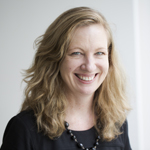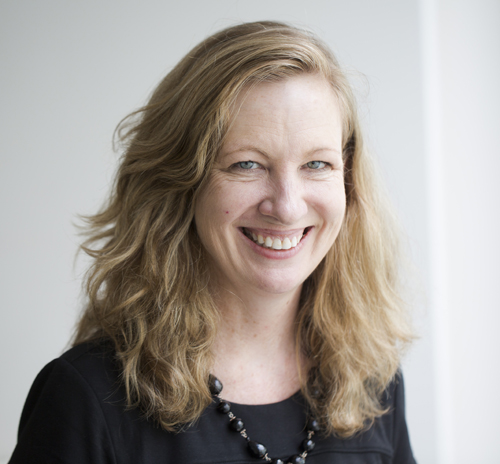
This is part of a series of articles showcasing the Sax Institute members’ diverse range of research with implications for future health policy and practice.
Cancer Council NSW

Australia will become the first country in the world to transition to truly integrated HPV-based vaccination and screening approaches to prevent cervical cancer in 2017 ‒ thanks in large part due to the groundwork laid by a research team led by Professor Karen Canfell.
Professor Canfell, Director of the Cancer Research Division at Cancer Council NSW and Adjunct Professor at Sydney Medical School, University of Sydney, said the introduction of the new cervical screening program was an example of how research could be effectively translated into policy by research initiatives staying “ahead of the curve”.
When the HPV (human papillomavirus) vaccine was rolled out nationally in 2007, it went hand-in-hand with a forward-thinking research program. That included developing world-leading simulation models which could facilitate prediction of the outcomes and economic implications of changes to screening.
Screening overhaul
That platform became instrumental in underpinning the findings of a recent major review of the Australian National Cervical Program. This review resulted in the decision to overhaul the way screening is conducted.
In 2017, the current program of two-yearly cytology screening will be replaced with a five-yearly HPV screening program for women, meaning women will have to undergo pap smears only 9‒10 times in their lifetime instead of up to 26 times.
Professor Canfell, who was recently awarded a NHMRC Research Excellence Award, says establishing an experienced team and the research infrastructure well ahead of the need for policy decisions, and working very closely with policy makers when changes were on the horizon, were both key to seeing the research evidence on HPV adopted by policy makers.
Ahead of the curve
She says the research program on HPV vaccination and its implications for cervical screening, funded by competitive grants, was several years ahead of the curve.
“It worked out really well that we set up the whole research program before the National HPV Vaccination Program was even rolled out,” she says.
When the Department of Health started to look at options for the renewal of the cervical screening program, she says there were 132 different options to be considered – involving screening technologies, different age ranges for screening, and different intervals for screening. But the modelling platform to answer those questions had already been developed.
Professor Canfell also initiated a world-first trial of screening in a population offered HPV vaccination, called “Compass”, which will involve 121,000 women. Compass, which she co-leads with Associate Professor. Marion Saville at the Victorian Cytology Service, is the largest clinical trial ever conducted in Australia. Compass will act as a sentinel experience for the new cervical screening program as well as providing data to other countries grappling with the challenges of optimising cervical screening in the era of the HPV vaccine.
Professor Canfell is also working on similar evaluations in a number of other countries. She is one of the principal investigators s of a new National Institute of Health (NIH) USA Program grant, CISNET-Cervix, which will use similar methods to evaluate options for HPV prevention in the USA.
A useful model
She says the research team at Cancer Council NSW is also now generalising what has been done with the cervical screening program to look at the screening, prevention, diagnosis and treatment of other cancers.
That includes looking at questions around the bowel cancer screening program, prostate specific antigen (PSA) testing, and looking into the feasibility of screening for lung cancer.
“Broadly, what we are now doing is saying: ‘With the cervical screening work we have a great example of how researchers and policy makers can work together well, and how this kind of research can lead to direct translational outcomes’, and we are looking to take it further and into other spaces,” she says.
The Sax Institute’s unique organisational structure, with 47 members from public health and health services research groups and their universities, connects us with a powerful public health network and world‑leading research expertise.
Find out more
- Read about how Cancer Council NSW is using our 45 and Up Study to predict the risk of disease
- See our full list of members
